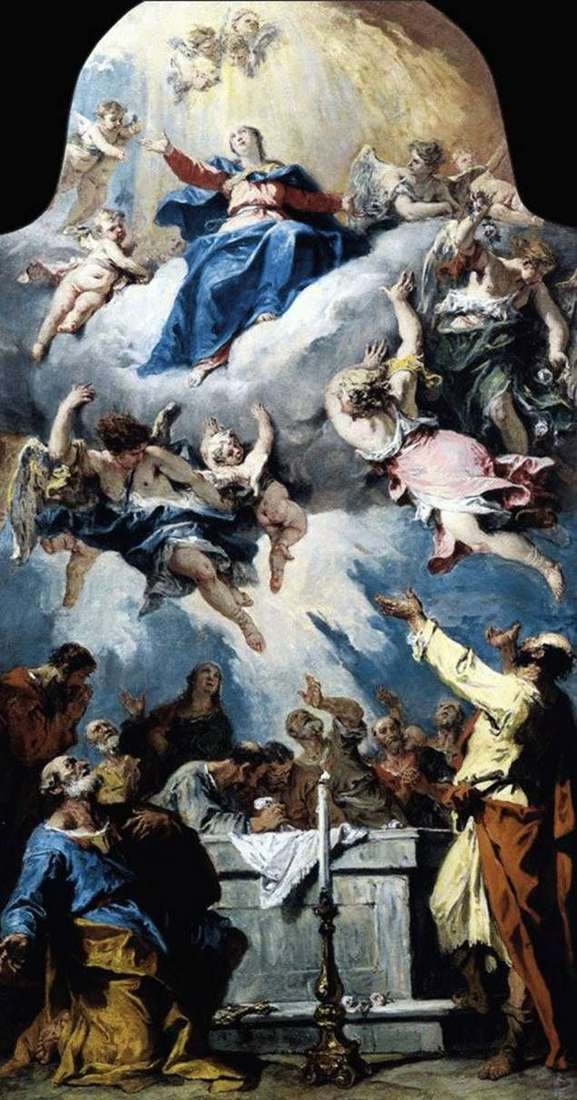
Painting by Italian painter Sebastian Ricci “Assumption”. The size of the painting is 95 x 52 cm, oil on canvas. The Assumption of the Virgin, a Christian holiday, the last in a year-round of great holidays; dedicated to the end of the earthly life of the Virgin, celebrated on August 15.
The Assumption of the Mother of God is one of the twelve great feasts of the annual liturgical circle. According to the most ancient and generally accepted tradition of the church, this event appears as follows: after the ascension of Jesus Christ to heaven, the Blessed Virgin, remaining, according to the will of the Son, in the care of St. John, was constantly in the feat of fasting and prayer and in a lively desire to contemplate the Son sitting the right hand of God the Father.
The day of her passing was revealed to her by the Lord. On this day, the apostles were admired in the clouds from different countries of the earth and set in Jerusalem. The Lord himself, with the angels and the saints, came to meet her soul According to the will of the Most Holy Virgin, her body was buried near Jerusalem, in Gethsemane, between the graves of her parents and the handcuffer. On the third day, when the Apostle Thomas, who was not at the death of Our Lady, came to the tomb, her body was no longer in the tomb. The church has always believed that it was taken to heaven.
The feast of the Assumption of Our Lady dates back to the most ancient times of Christianity. In the IV century, it is already ubiquitous, as can be seen from the testimony of Gregory of Tours and from mentioning it in all ancient calendars. In the 5th century, verses were written for this holiday by Anatoly, Patriarch of Constantinople, and in the 8th century, two canons attributed to Kozma Svyatogradets and John Damaskin. Originally, the feast of the Assumption was celebrated on January 18, but it was celebrated in places on August 15.
A general celebration of it on August 15 was established under the emperor of Mauritius. He is currently being honored by the church from August 14 to 23. For the celebration of his believers are preparing a two-week fast, which is called Ouspensky, and lasts from 1 to 15 August.
On the feast of the Assumption, the church glorifies the Mother of God, the most honorable cherubim and, without comparison, the most glorious seraphim, who now, like a queen, appeared on the right hand of the Son and, having accepted the protection of the human race under His protection, for Vladyka’s benevolence. By this event, the Assumption of the Mother of God Church teaches us that death is not the destruction of our being, but only the transition from earth to heaven, from corruption and destruction to eternal immortality.
From the fourth century on, this main goal was joined by another – to expose the misconceptions of heretics, who denied the human nature of the Most Holy Virgin and argued, therefore, that the death of Our Lady is out of the question. Such was the delusion of the colliridians, heretics of the fourth century.
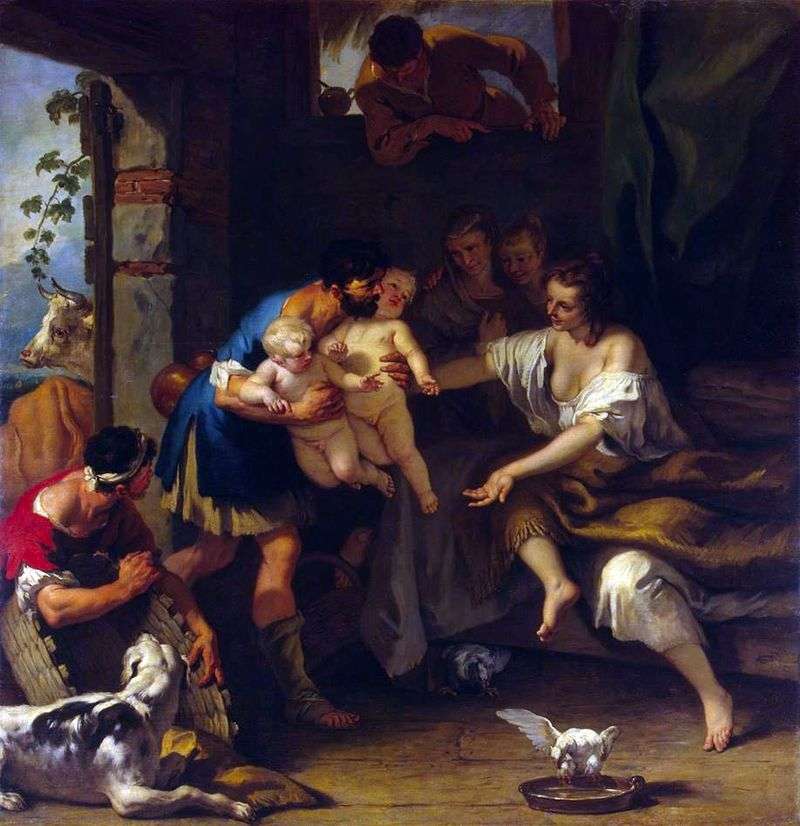 Infancy of Romulus and Remus by Sebastiano Ricci
Infancy of Romulus and Remus by Sebastiano Ricci Cover of the Mother of God
Cover of the Mother of God Assumption by Theophanes the Greek
Assumption by Theophanes the Greek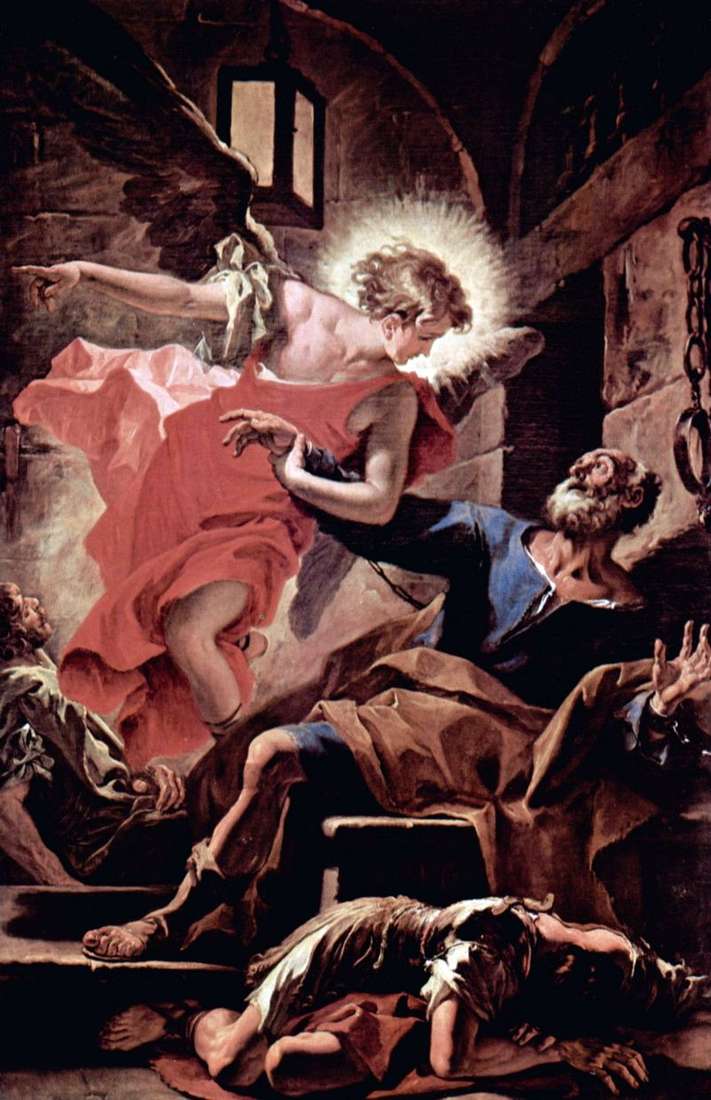 The release of the Apostle Peter by the angel by Sebastiano Ricci
The release of the Apostle Peter by the angel by Sebastiano Ricci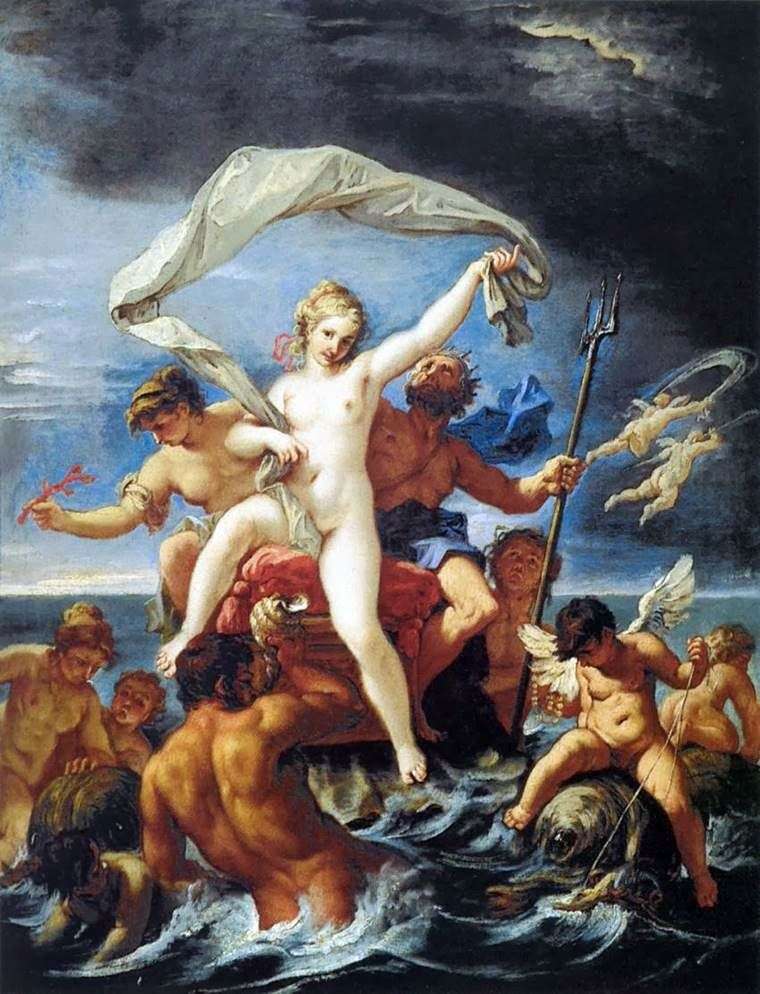 Neptune and Amphitrite by Sebastiano Ricci
Neptune and Amphitrite by Sebastiano Ricci The Assumption of Our Lady
The Assumption of Our Lady Handing over the baby Moses by Sebastiano Ricci
Handing over the baby Moses by Sebastiano Ricci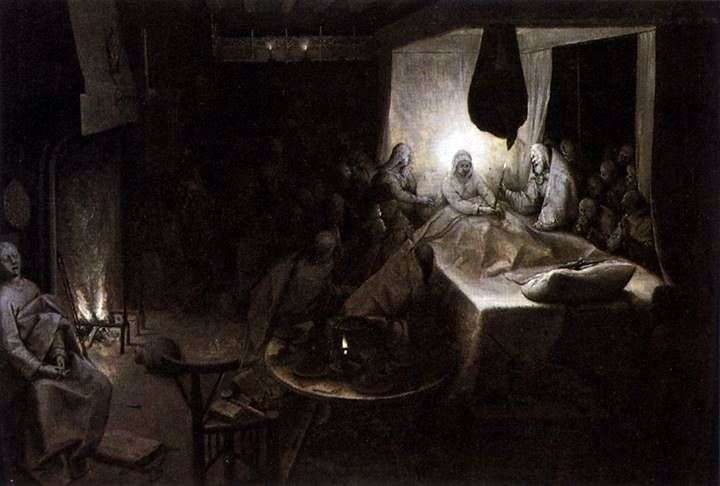 Assumption of the Virgin by Peter Brueghel
Assumption of the Virgin by Peter Brueghel